The Neptune series is a 1/2-inch format planetary camera series for the top player.
It is larger than 1/3-inch and has a higher resolution, and is more suitable for astronomy enthusiasts.
Beside the brightest star Neptune-C II, we also grandly launch other two highly praised models Neptune-C and Neptune-M.
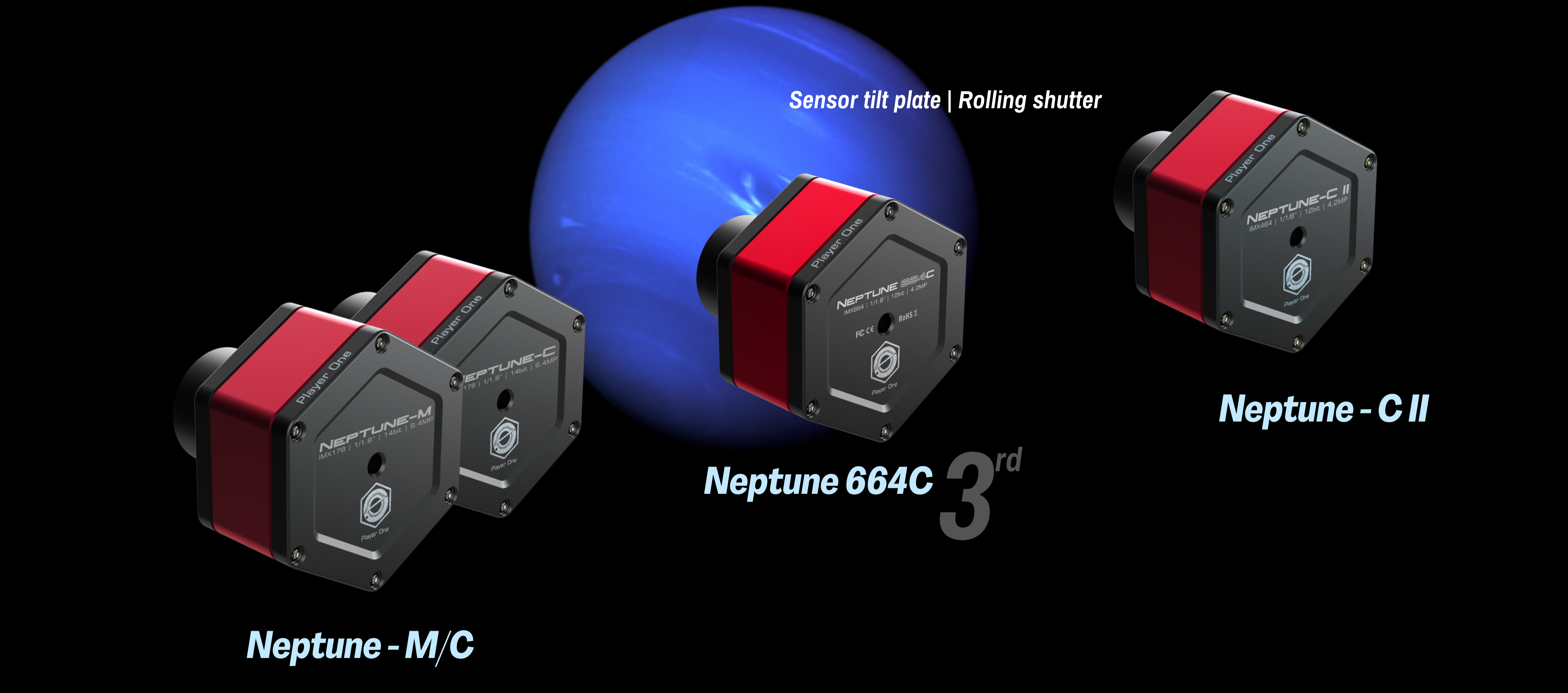
Product Description
Neptune-M is a planetary camera developed by Player One Astronomy, which adopts the Sony IMX178 1/1.8” format sensor. The 2.4um pixel size accommodates a well depth of 15ke with a total of 6.4MP (the resolution is 3096*2078), and the diagonal is 9mm.
We need Neptune-M (IMX178 mono sensor), because IMX464 only has color type. For many enthusiasts, without monochrome camera, a lot of shooting flexibility will be vanished, so Neptune-M is to make up for this.
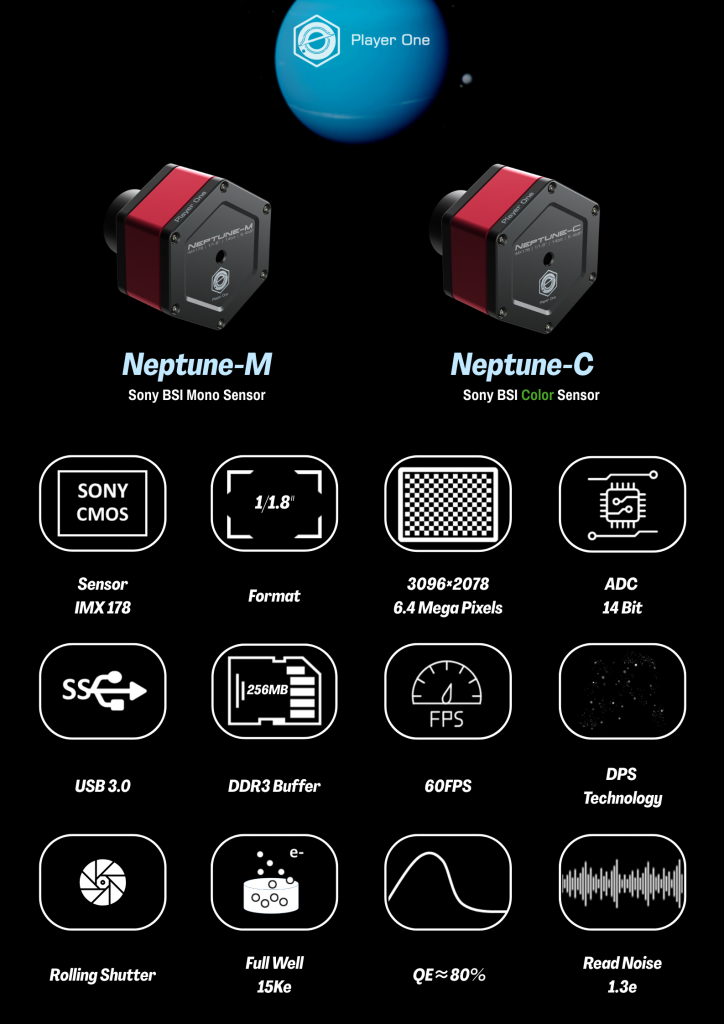
Highlights
With a 1/1.8 inch sensor, the Neptune series are very suitable for sun and moon mosaic photography.
Connecting the Neptune-C camera to a telescope with an 1.25″ T-Mount, or adding a Barlow lens between the camera and a telescope to extend the focal length for more details.
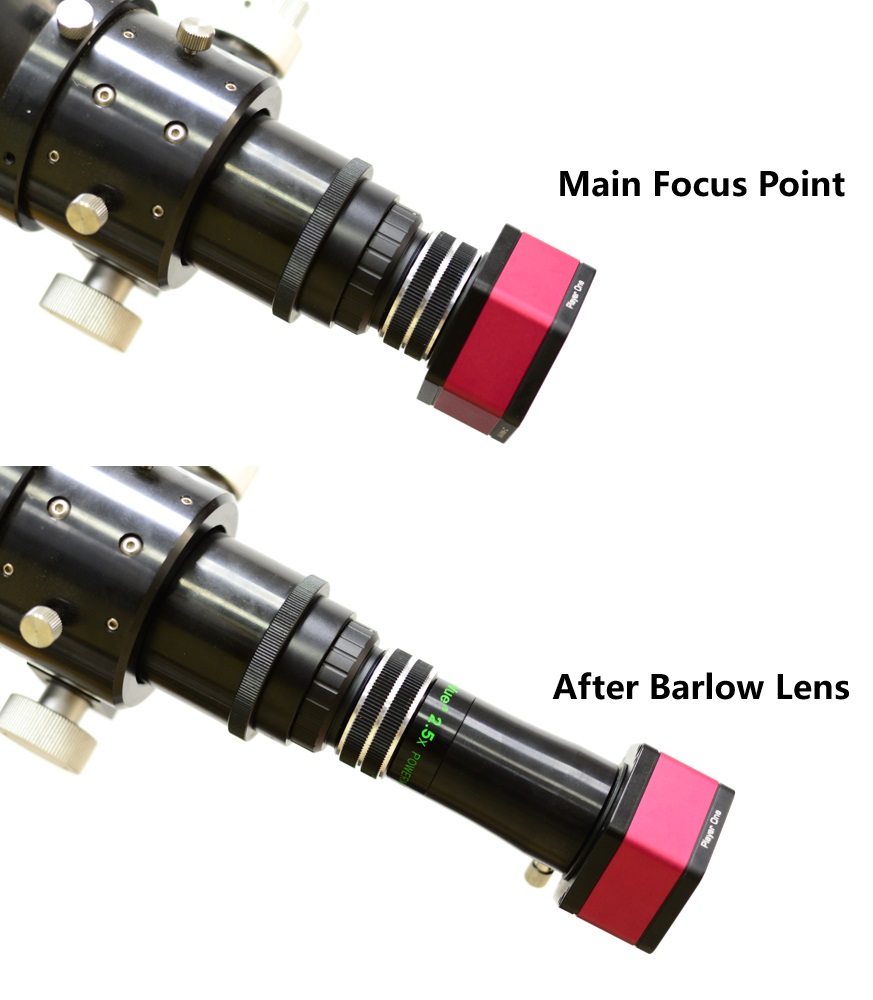
With a CS lens attached on the Neptune-C camera,it can be used as an all-day camera or meteor monitoring camera.

Features:
The naming of Player One Astronomy cameras is unique. For example, we name the planetary cameras after planets (They are Mercury, Venus, Mars, Jupiter, Saturn, Uranus and Neptune, Earth is not included). The size of each planet to a certain extent, represents the size of camera sensors. We will name Saturn with a 1-inch sensor camera, and for Neptune, we will named it with a 1/1.8 inch senor camera. All names will be engraved on the housing of the cameras.
Drivers and softwares download: http://player-one-astronomy.com/service/software/
Manuals download: http://player-one-astronomy.com/service/manuals/
Cutting-edge Design
The planetary cameras developed by Player One Astronomy uses a scientific and technological regular hexagon to construct the main body line, supplemented by round chamfers to achieve both rigidity and flexibility. The positive red, which is like a summer fire, is matched with the low-key and steady black, and the super-fine frosting process on the entire surface makes the camera look luxurious and cool, highlighting the style of high-end players, can’t take my eyes off 😀


2nd Gen – Sensor Tilt Plate
The built-in high-density sponge shading pad can block the light from the side slits without any side leakage.
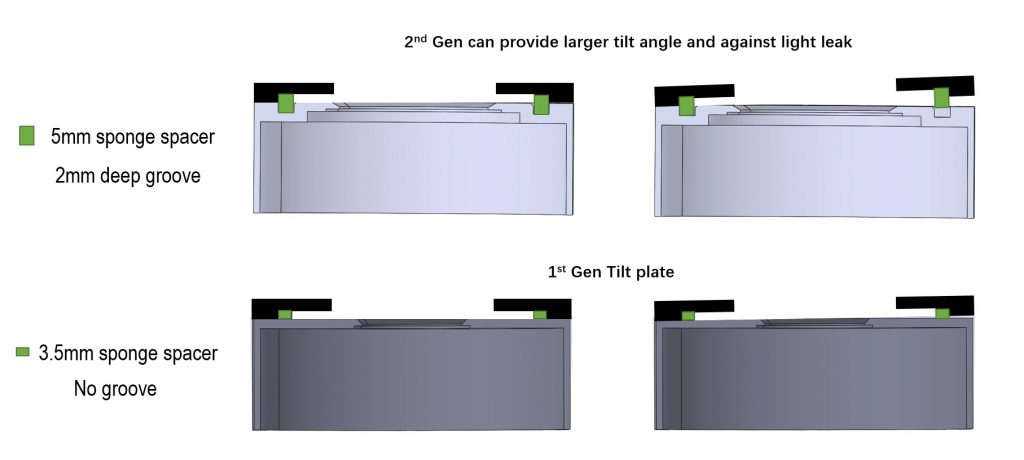
When taking solar photograph with prominence telescope, the Newton ring is annoying. Smoother solar image without Newton ring could be taken by adjusting the focal plate. Get a much smaller field curvature of the telescope.
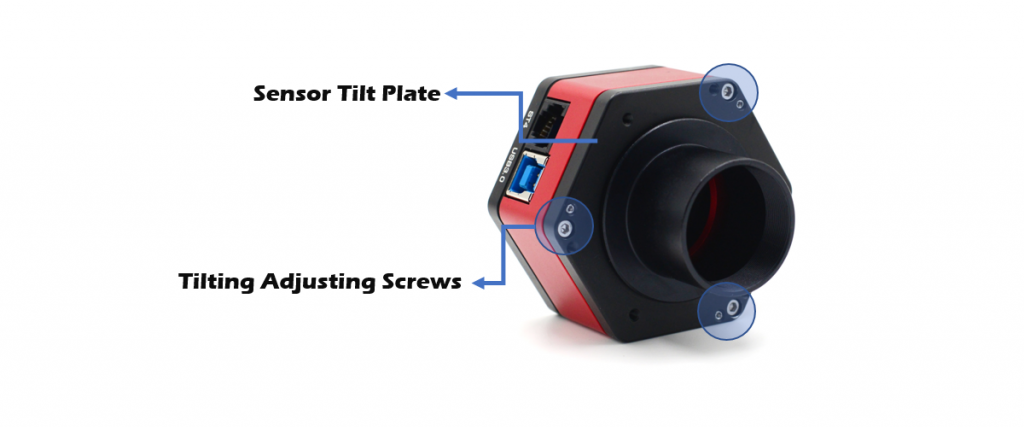
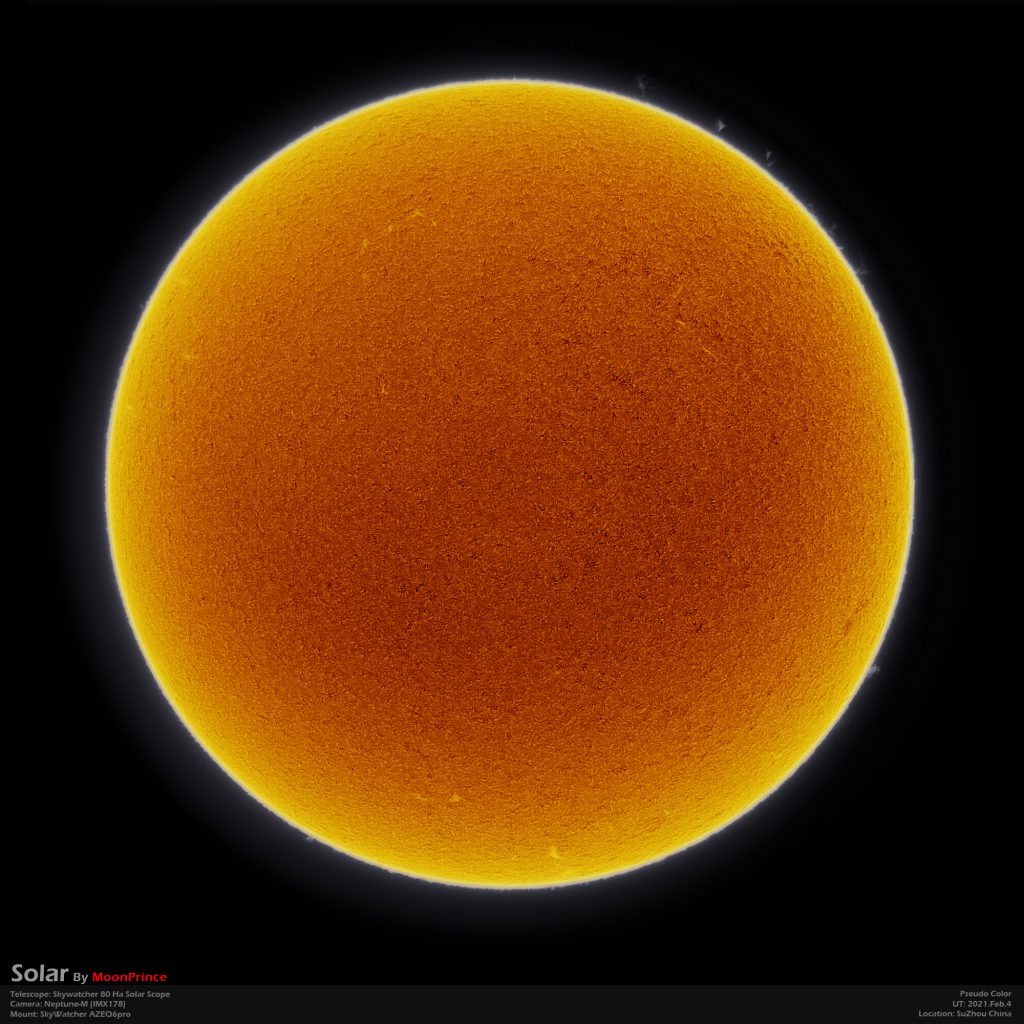
256M DDR3 Cache
Player One Astronomy cameras are the first one who adpots the DDR3 cache in all planetary cameras in the world! It helps stabilize and secure data transmission, it effectively avoids frame dropping and greatly reduces readnoise.
With the DDR3 cache, the camera does not have high demands on computing needs any longer, it will still has excellent performance even if it is connected to a USB 2.0 port.

DPS technology
The planetary cameras from Player One Astronomy have DPS (Dead Pixel Suppression) technology. The DPS is anaylse many dark frames to find out thoes fixed abnormal pixel and record the map in camera memory. In imaging, each exposure frames, thoes position of dead pixels will be given a median value according to the active pixels around that abnormal pixel.
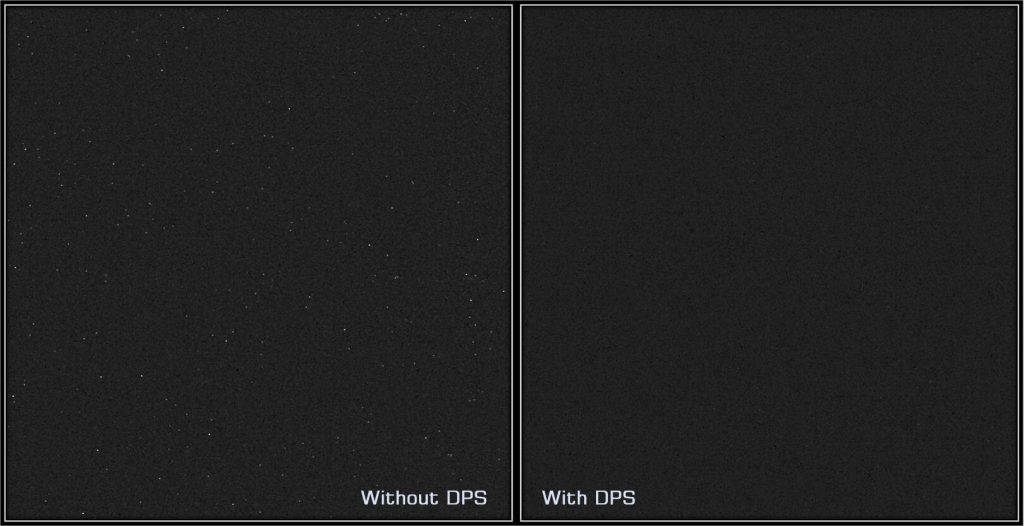
Overvoltage and overcurrent protection mechanism
Player One cameras produced by the number one player ensures the safety of your camera and other equipment through overvoltage and overcurrent protection mechanisms.
Data Port
When the camera is connected to the USB3.0 interface and full-resolution preview is used, it can reach 60 FPS in RAW8 mode (10bit ADC). When recording images, since the actual writing speed will be affected by the writing speed of the hard disk itself, when the hard disk writing speed is slow, the recording may not reach the theoretical speed. It is recommended that you use a high-quality solid state drive to record data to give full play to the performance of the camera.
Use the ST4 guide cable to connect the camera and the AUTO GUIDE port of the equatorial mount to do guiding.

Performance
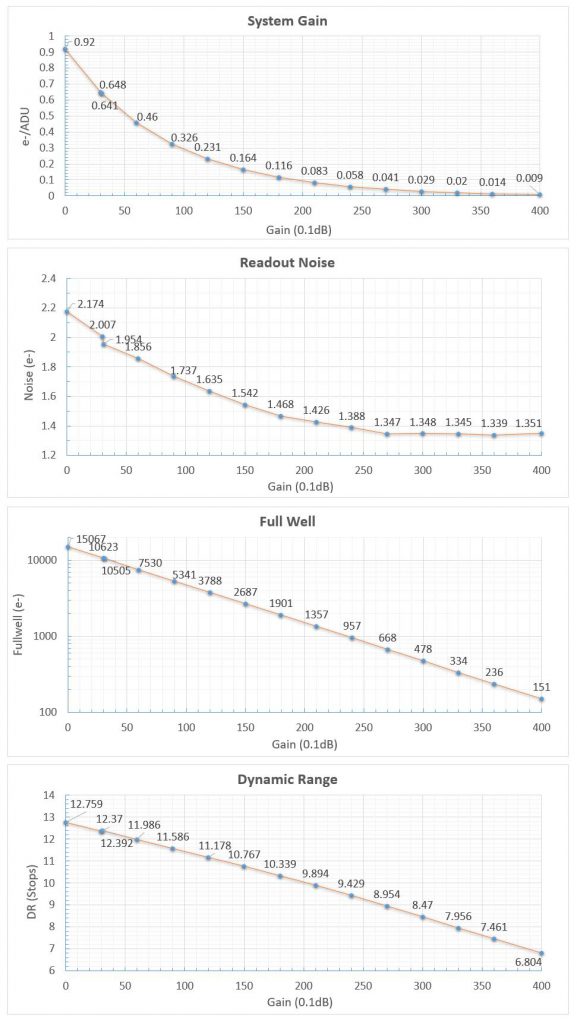
Readout Noise
Regarding readout noise, we solemnly promise that all values are obtained from actual tests. And for users, you could use Sharpcap 4 for testing. SC4 has a function called Sensor Analysis, provide a very simple way to test readout noise.
We wrote a tutorial on our website: https://player-one-astronomy.com/service/manuals/
After many rigorous readout noise tests, the Neptune-C camera can reach a low readout noise of 1.34e at a gain of 350.
If you are interested in readout noise testing, you may try it yourself, which is very simple.
QE Curve

HCG Mode
The Neptune camera has a unique HCG mode, which will automatically turn on when the camera gain setting is >30. The HCG mode can greatly reduce the readout noise and retain the same high dynamic range as the low gain.
Mechanical Drawing
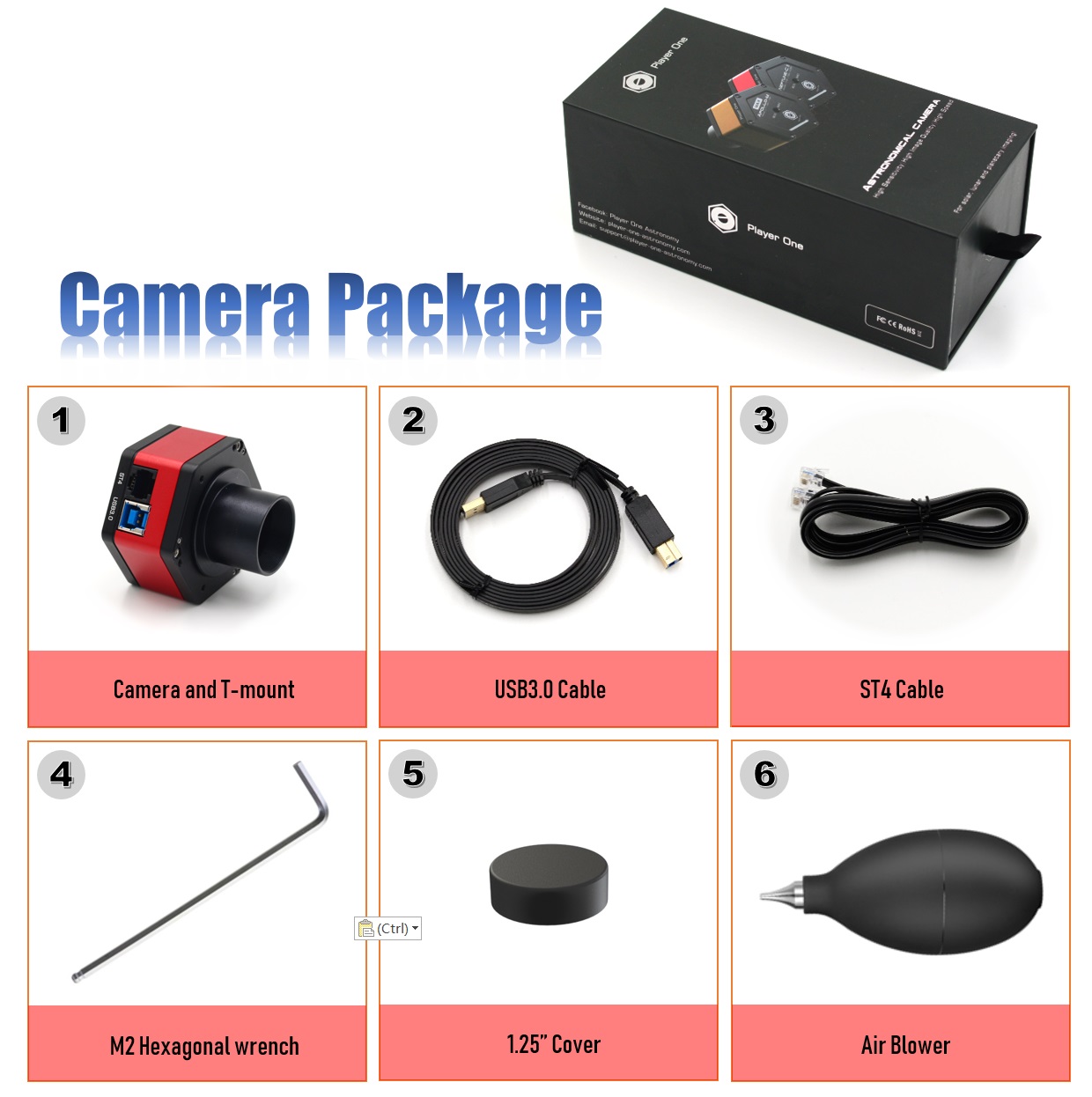
User works appreciation:
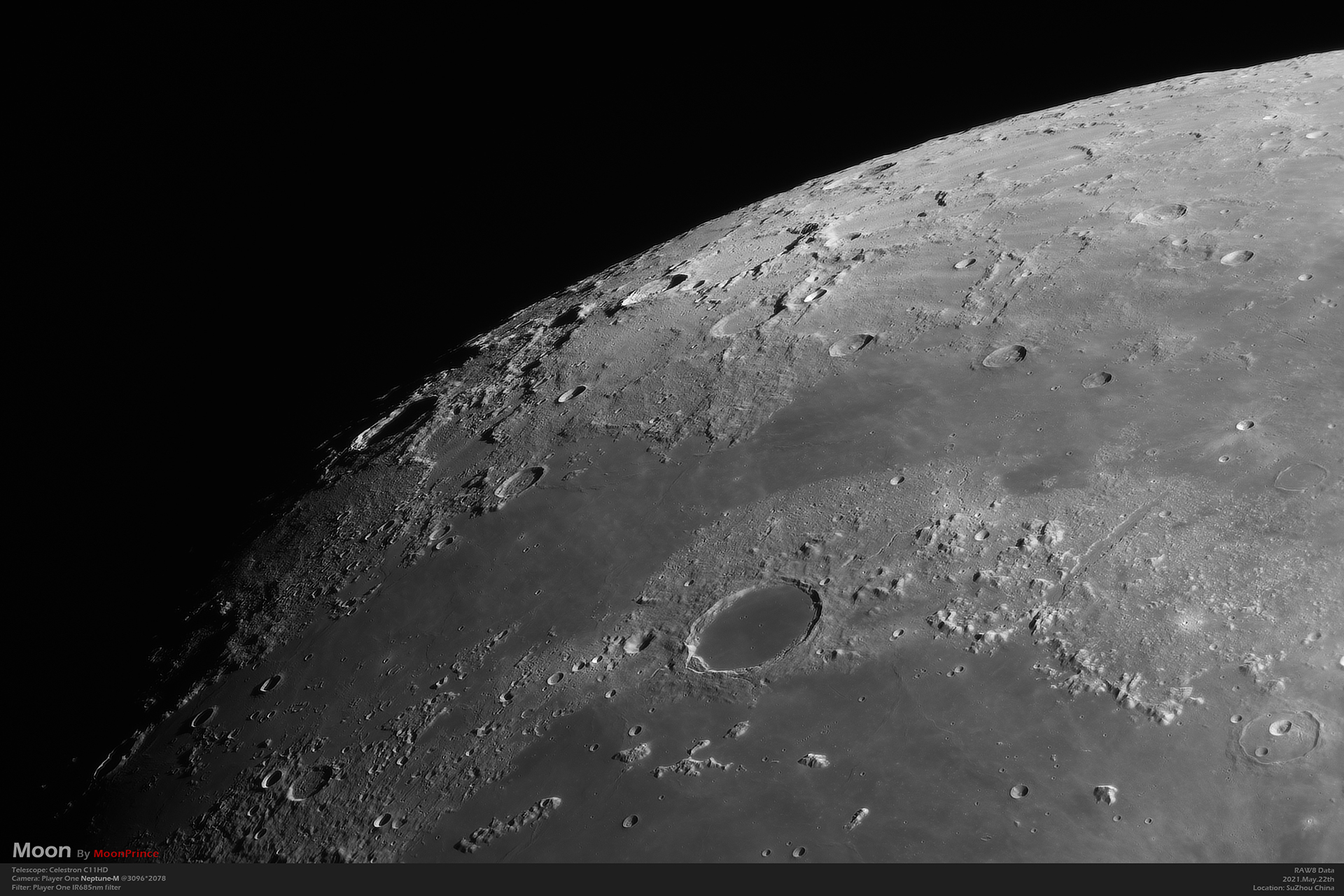
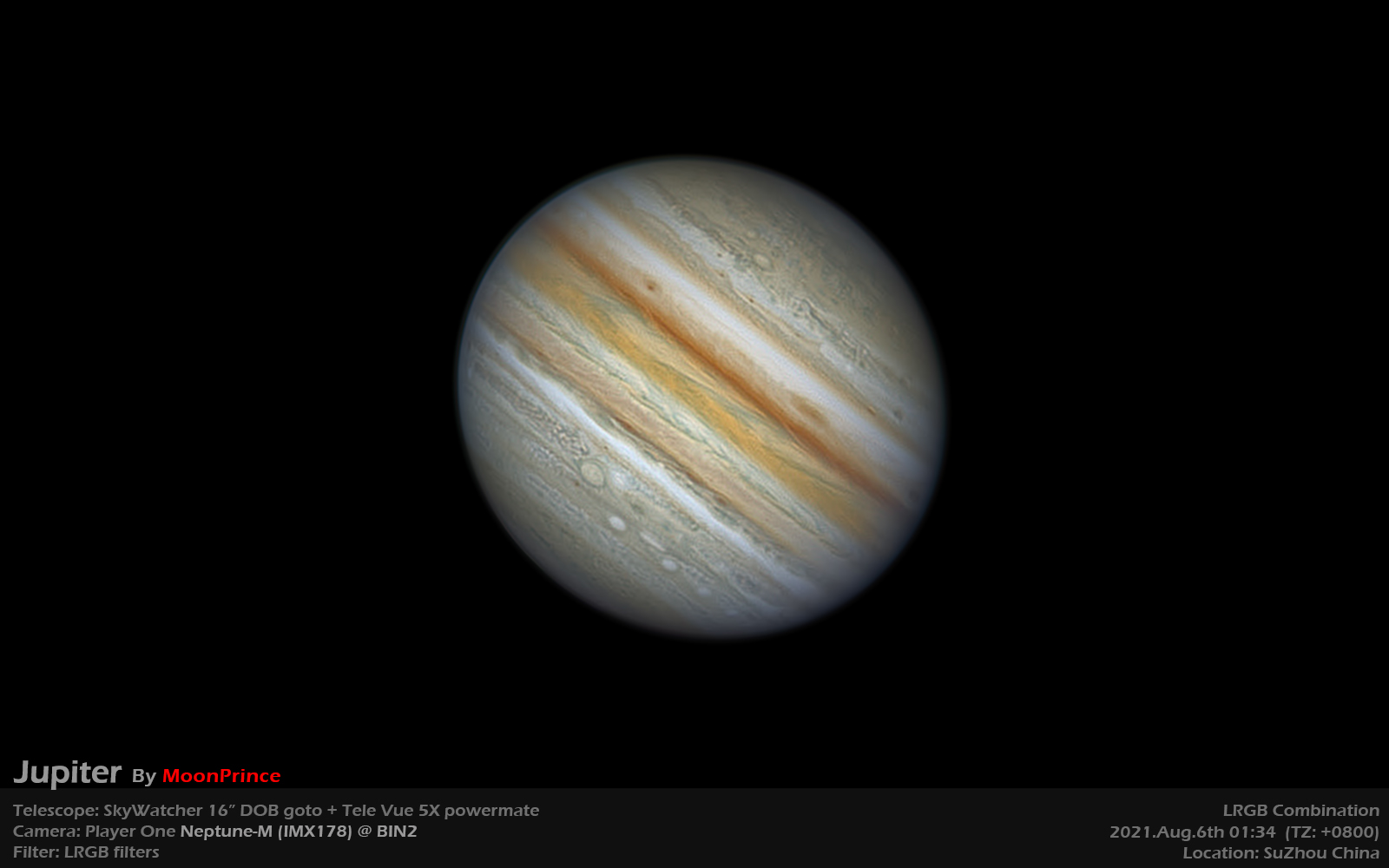
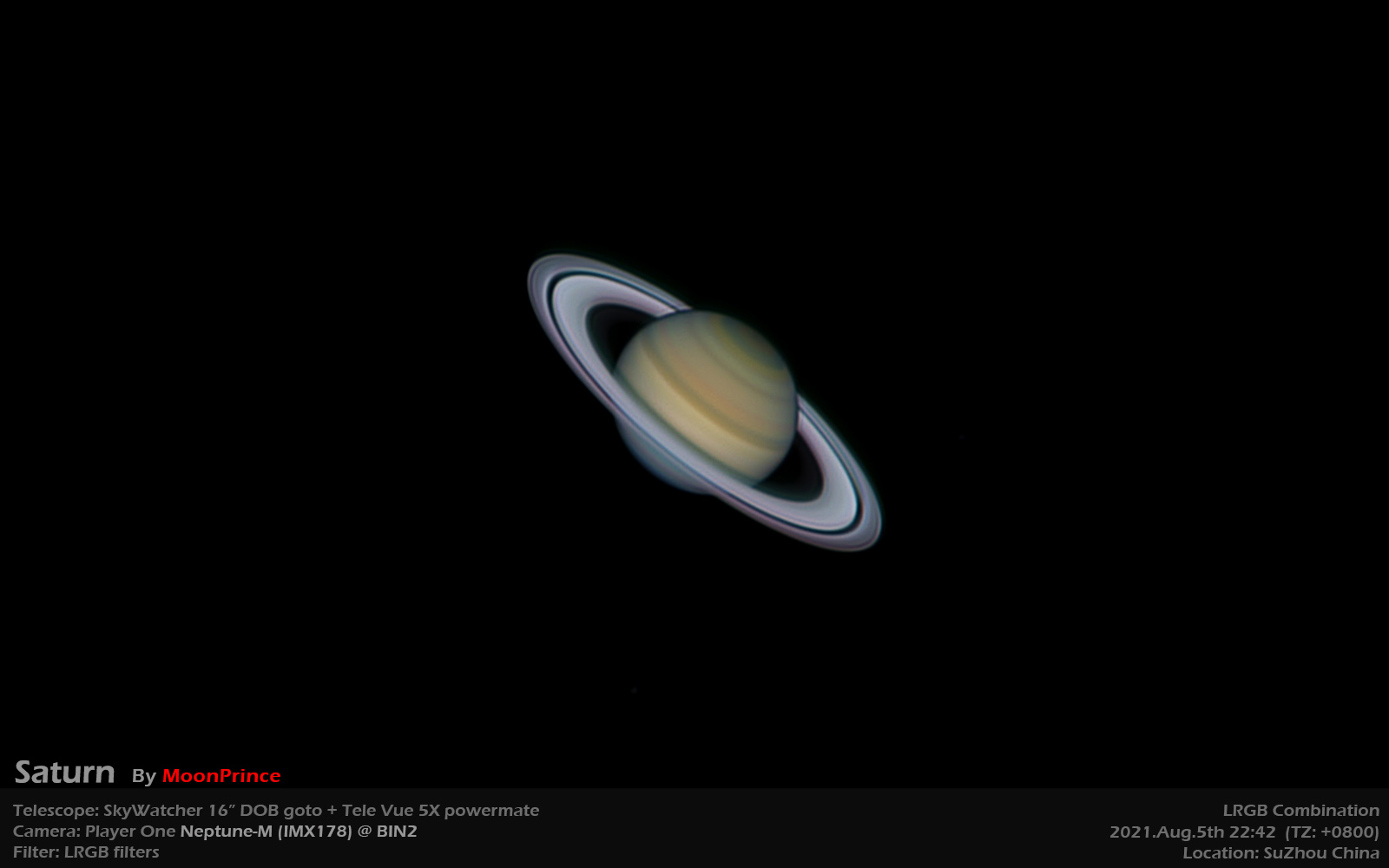
-白底-small100-200x78.jpg)
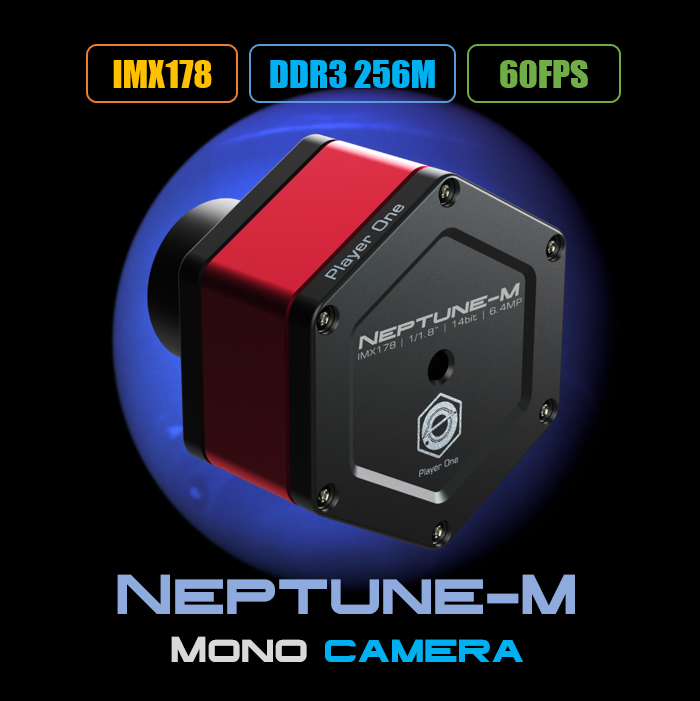
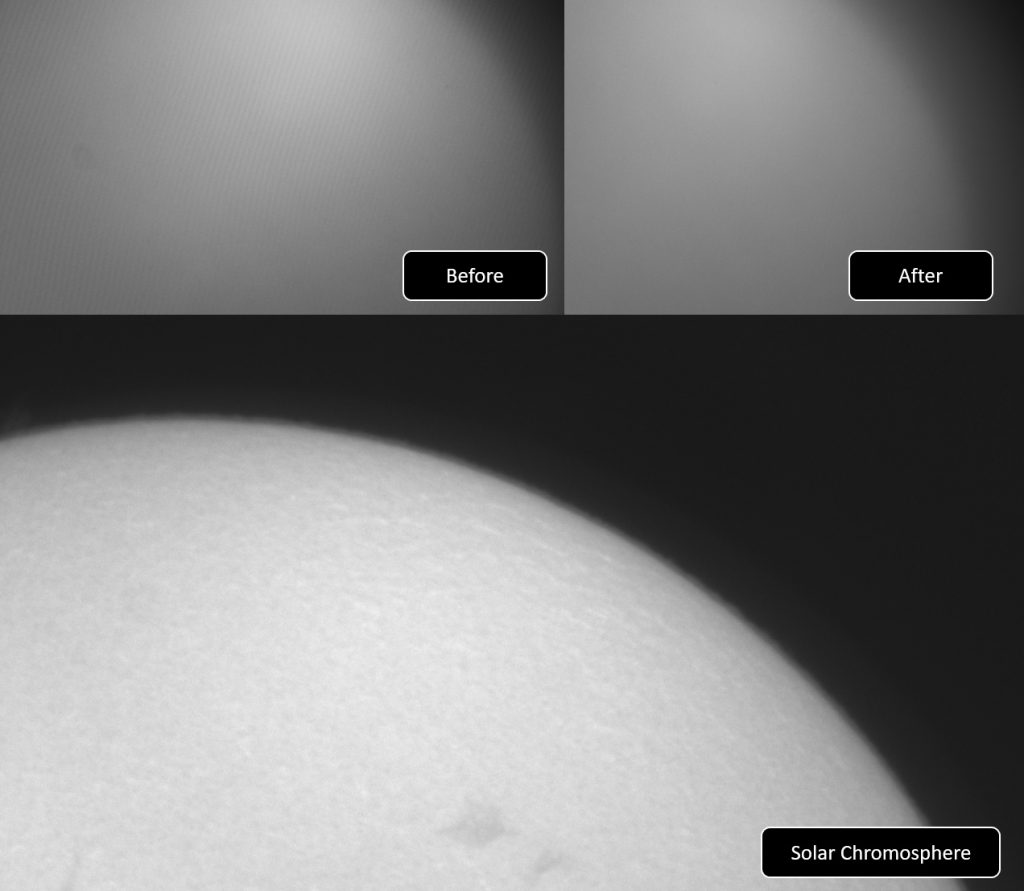
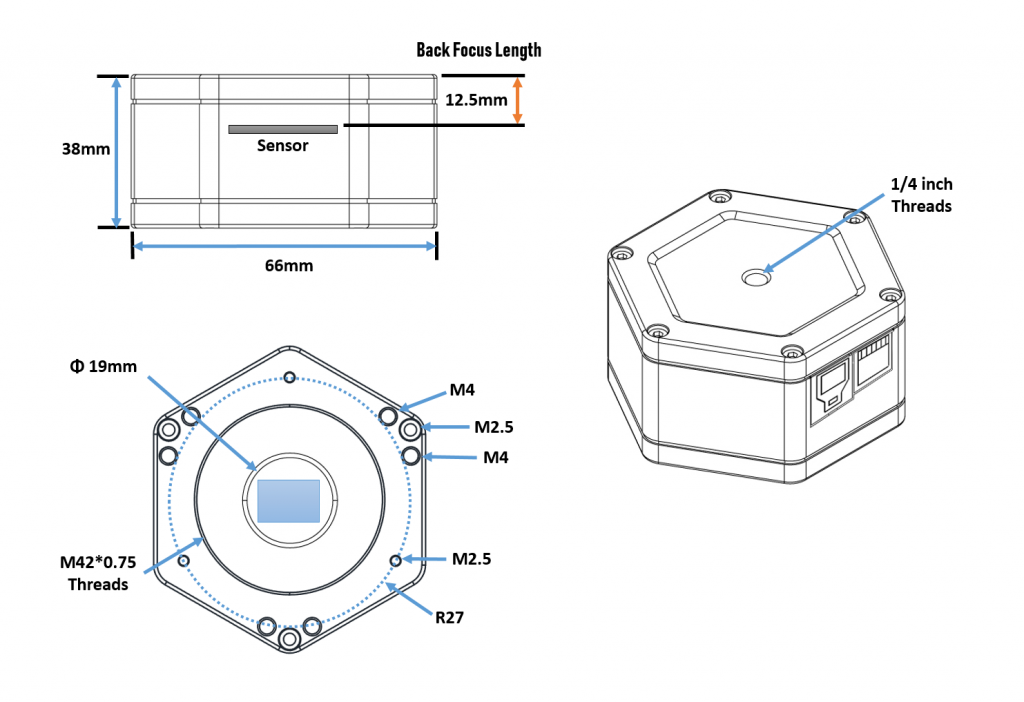
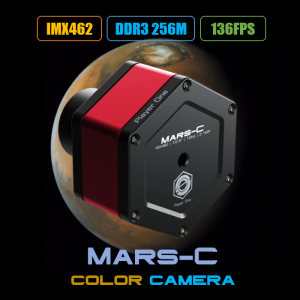
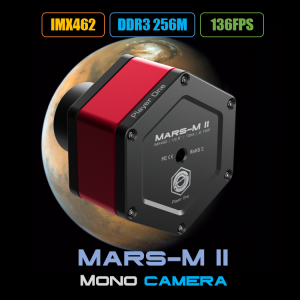
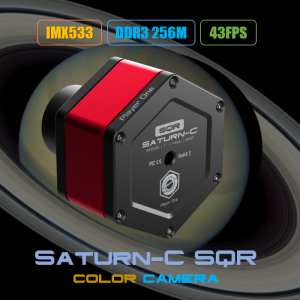

Robert Berta –
Very impressive camera. I have a very expensive full frame mono camera with motorized filter wheel for DS plus another one shot color CCD camera that is also expensive. I needed a solar camera with high resolution and decided to get the mono version. The small pixel size is great for high resoluton and the DDR 256 mb is a game changer. For solar Ha astrophotography the ability to adjust the tilt of the nose to eliminate newton rings is another game changer.
I didn’t give the last 5th star because while very impressive an supplied with a set of allen wrenches, a really nice blower device, and the USB cable and autoguide cable….they neglected to include either instructions or the links to their web site to download the drivers and various software.
MoonPrince –
Hi Robert, thanks for leave us a message. Your suggestion is important, we need to notice users to download all drivers and softwares from our website.
Swan.R –
This is the one of my favorite camera, Nep-M. Very stable in imaging. And I used it for some solar imaging, tilt plate works well. DDR buffer is really an great upgrade.
mk –
I got this camera for DSO shooting. It may not be the original usage. I haven’t tried it in the dark sky yet, but I was able to capture Orion and the Horsehead Nebula very clearly from the balcony of my house in Bortle class 8. I am very satisfied with the sensitivity and the ability to shoot in a short time.
MoonPrince –
Thank a lot, MK. It’s not design for DSO, but it can do some lucky imaging as you wish.
Mehmet Ergün –
A 60s Lunt and Neptun M are a dream couple. Together create the most beautiful fulldisc photos
Player One Astronomy –
True! We didn’t realize that this small planetary camera also works so well with Lunt60. Your images are great!!
Dan –
Neptune-M is a magnificent camera!! The first images of the Moon and the Sun left me very satisfied and impressed by the quality of the photos and the resolution. Also, it defines very well in planetary photography reaching high transfer rates according to ROI. I also have the IR filters. Player One cameras and products are excellent!! Thank you very much!!